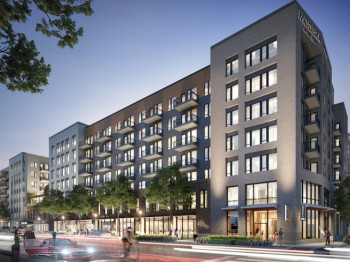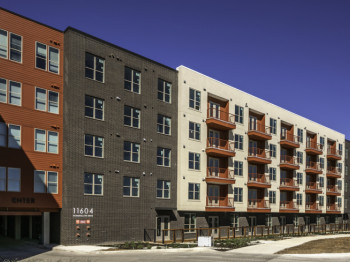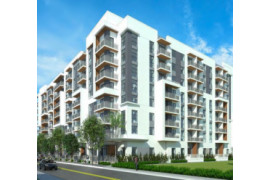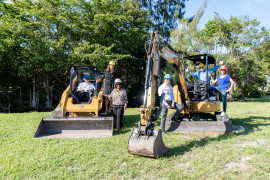Trending Multifamily News
There’s a national housing shortage, both market rate and affordable. At the same time there’s a large supply of empty office space and underutilized—and closed--hotels across the country. Owners and developers are increasingly examining the viability of commercial to residential conversions as a solution to both problems.
“Hotels and offices buildings present distinctly different factors to consider when evaluating the feasibility of potential residential conversion opportunities,” warns Ariel Aufgang, AIA, principal of Aufgang Architects.
Hotels to Resi Conversion
“Hotels have a distinct floorplan compared to office buildings that makes hotel to residential conversion more practical and less costly,” says Aufgang. “Systems such as water and waste lines are already in place and can usually be relatively simple to modify them in converting a hotel building to apartments units. As a result, a hotel conversion project can be completed faster and at a lower cost than converting an office building to residential.”
Hotel conversions are not without challenges. “While some underutilized hotels are located in city centers, other potential conversion candidates are in less desirable locations next to airports or off major highways far from residential communities, factors that can suppress the value and appeal of residential conversions,” said Chris Walker, Aufgang’s Planning and Community Development Project Manager.
These issues can be of less concern in converting hotels to affordable or supportive housing rather than market rate.
Walker was on the Aufgang team that designed the residential conversion of the 36 year old former JFK Airport Hilton Hotel in Queens, the first hotel to residential conversion in NYC.
The shuttered 350-key hotel was converted to the new Baisley Pond Park Residences, a 100 percent affordable, 318-unit multifamily building offering supportive services to low-income and formerly homeless families and individuals. The Baisley Pond Park Residences was developed by Slate Property Group and the nonprofit RiseBoro Community Partnership.
Office to Residential Conversion
Office buildings are usually located in city centers where many people work, with close access to public transportation, increasing their appeal as residential units, thus making them attractive to developers for conversion.
However, office to residential conversions often present design challenges that can be costly to address. Office buildings, despite large windows not commonly used in residential design, usually have deep footprints which deprive interior spaces of access to sunlight and outside air.
“This can be overcome through innovative design, such as creating an open core or atrium through the height of the building. Also, elevators, stairways and systems such as water risers are usually centrally located in the cores of office buildings, requiring adding risers and lines to each new apartment unit, which increases conversion costs and lengthens construction time,” said Ariel Aufgang.
Established in 1971 Aufgang Architects is a certified New York City and New York State Minority Business Enterprise. In the past 22 years the firm has designed and consulted on more than 20 million square feet of built space, including over 14,000 units of affordable housing.










